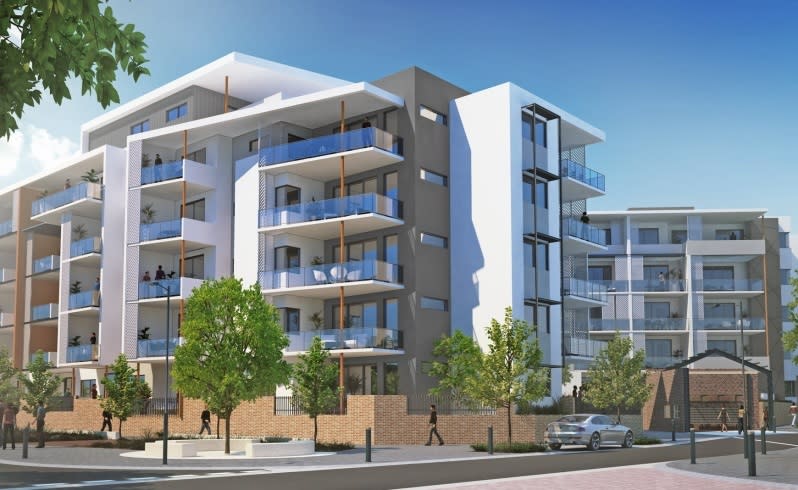Perth warms to high-density life

Perth people are more supportive of higher-density housing than councils imagine but they do not want Gold Coast-style developments or New York-style high-rises, according to a report.
It found strong support for more medium and high- density developments around transport hubs and in inner suburbs.
A Northbridge or Leederville-style mix of mid-sized apartments, townhouses and retail or the blend of high-rise, townhouses and parks in South Perth were particularly popular.
Support fell away when it came to high-density development along the coast, New York or Tokyo-style high-rises and, to a lesser extent, the prospect of townhouse-heavy Subi Centro-style developments.
The Conservation Council of WA and developer Psaros commissioned the report, which will be released today. It has been backed by the Property Council of WA.
The report was based on a survey of more than 500 people living within 10km of the Perth CBD. It found 46 per cent of those surveyed believed higher density within 10km of the CBD was an ideal or positive direction for Perth.
A further 41 per cent said they could see pros and cons.
Just 12 per cent felt it was either a negative step or "the worst direction Perth can go".
Property Council WA executive director Joe Lenzo said councils were the biggest obstacle to WA achieving its infill housing targets, often because of a perception of community opposition.
He said councils should know "the community is saying something different to what you think they're saying". Conservation Council director Piers Verstegen said the research showed though people did not support higher density in certain areas, they were happy to see it in others, such as near transport nodes.
"There clearly is a point at which people are not on board," he said.
"What we are interested in finding out is how far can we push it."
Mr Verstegen said the research had been conducted in areas where the Conservation Council believed more medium and high-density housing options were needed.
"While there can at times be vocal opposition to individual developments, there is much broader and stronger support for increased density than planners and local councils might think," he said.
Mr Verstegen hoped the research would give planners and councillors more confidence to approve developments and not feel restricted by the views of a vocal minority.
Psaros' head of sustainability Chiara Pacifici said people no longer measured quality of housing by "granite benchtops and shiny finishes" but by long-term sustainability for the community.


